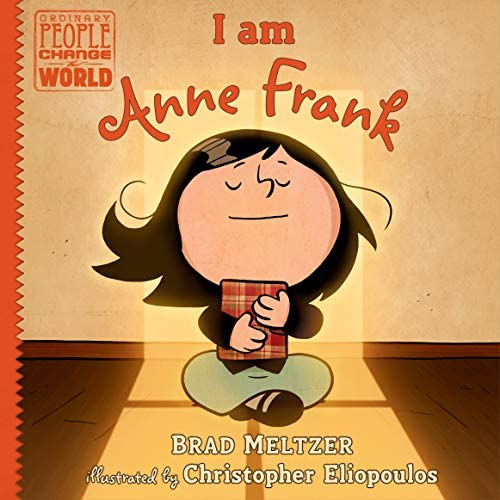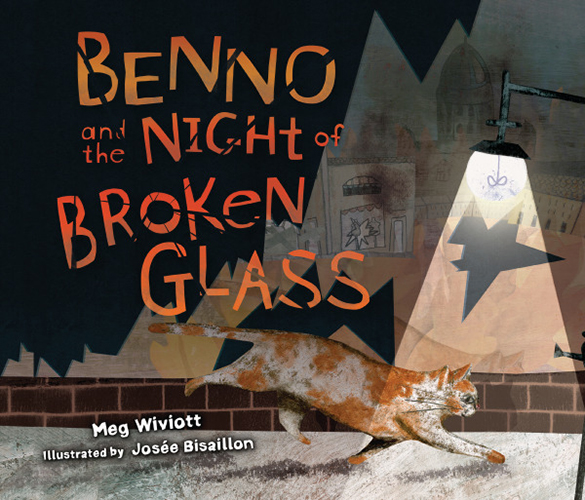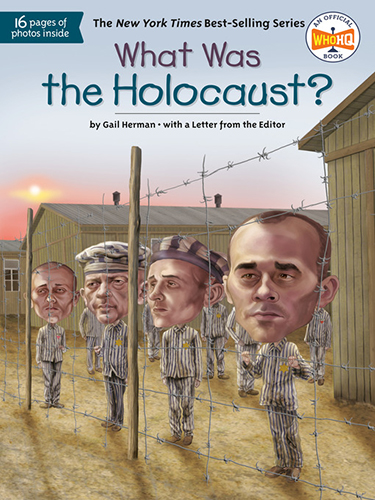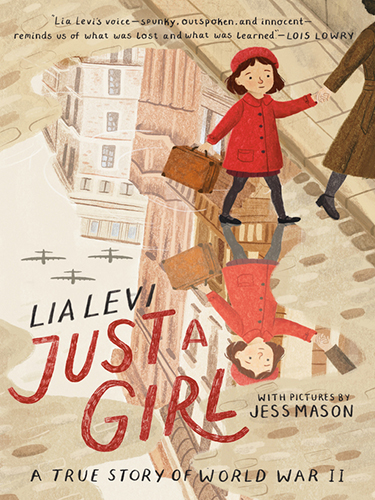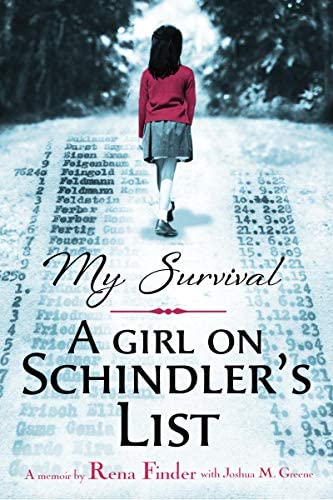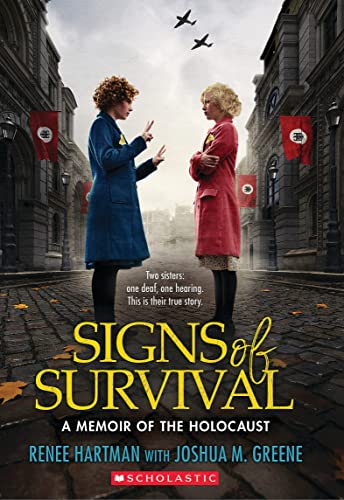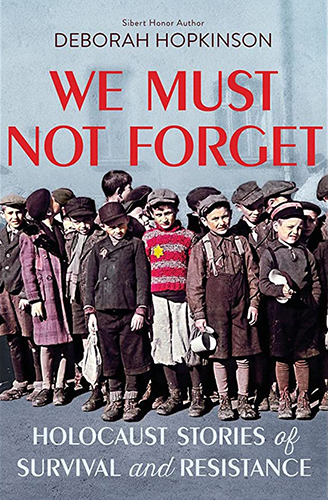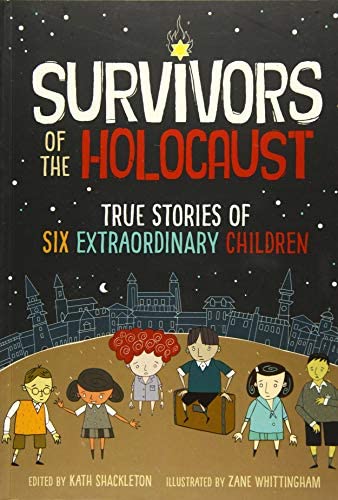How to Talk with Children About the Holocaust: Expert Tips & Suggested Books
Posted on January 24, 2023 at 6:00 am
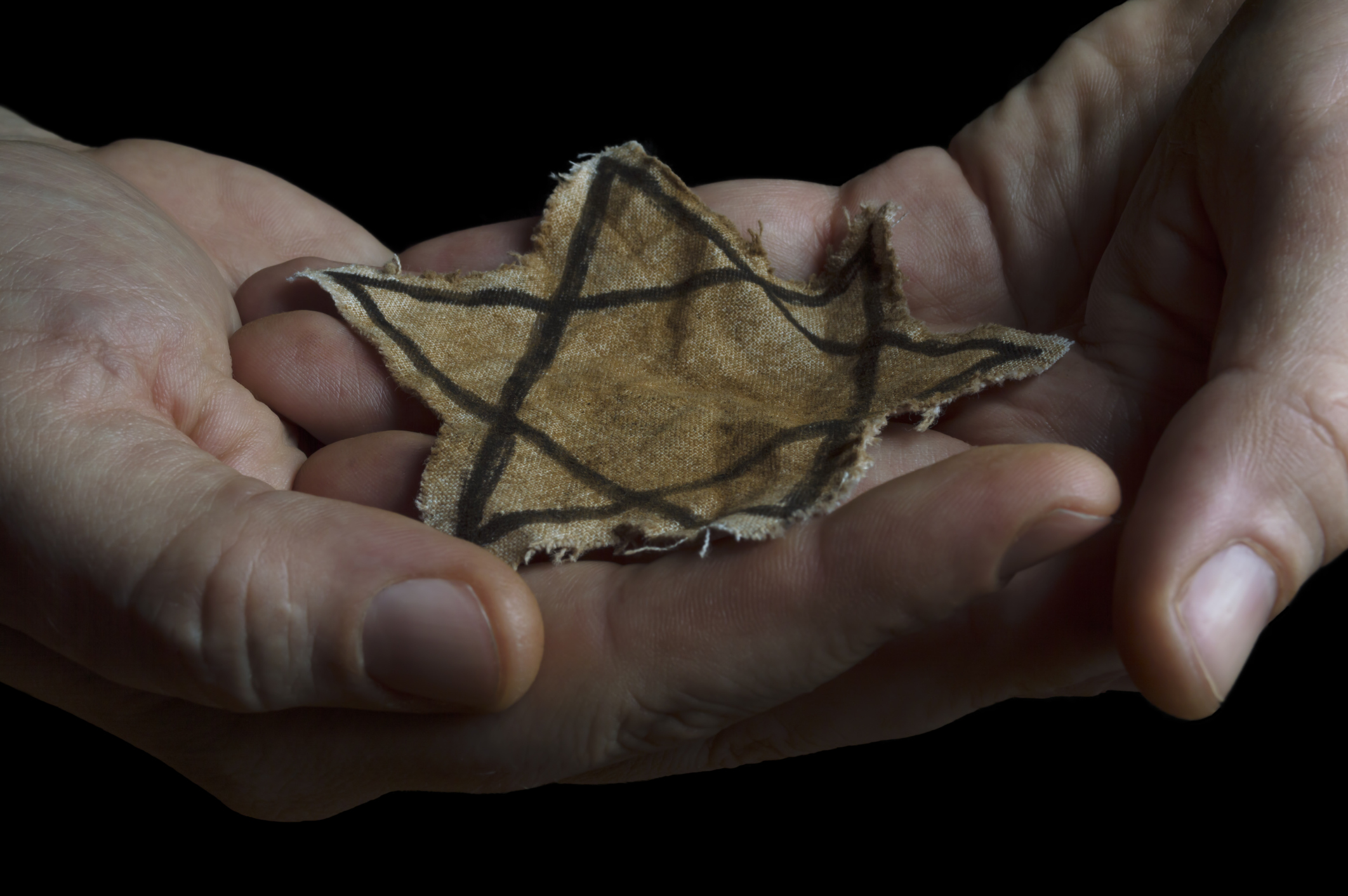
By Melissa Rhoades
Historic atrocities can feel like they’re not related to our lives today. But historic events were shaped and experienced by regular people like you and me.
And regular people like you and me are shaping the future right now. As author Deborah Hopkinson writes in We Must Not Forget,
“… it’s up to us to work for a world where genocide is unthinkable. But we don’t have to be larger-than-life heroes or in the middle of a war to practice being fair, just, inclusive, and kind – to stand up for someone else.”
International Holocaust Remembrance Day is held on January 27 each year to remind us that education is an important tool in preventing future genocides.
The genocide known as the Holocaust involved the systematic, state-sponsored murder of an estimated 10–12 million people, including two-thirds of Europe’s Jewish population.
It’s such a horrific chapter in European (and American) history that many adults don’t want to even think about it. Introducing the topic to children can be even more daunting.
Why Discuss the Holocaust with Children?
There are several reasons to talk in a clear and detailed manner with your children about the Holocaust.
According to developmental psychologist Dona Matthews, having age-appropriate conversations with your child will:
- Teach them the importance of tolerance, respect, and inclusion.
- Point out the dangers of hate speech.
- Inform your child more accurately than hearsay.
- Support your child’s resilience.
- Prevent future atrocities.
According to PJ Library, a literacy engagement program,
“Research shows that one of the best ways that we can help prepare our children to cope with discrimination and intolerance is by being open about it. When we show our children that these topics, though tough, are not taboo, we let them know that they can always come to us with questions or thoughts about life’s scary situations.”
When to Begin a Conversation?
There are differing opinions about when to begin discussing the Holocaust with children. Many educators choose middle school as the best time to begin teaching the subject. But what about conversations at home with family?
Matthews points out that “every child’s personality and experience is unique, as is every parent’s. And so, the Holocaust becomes relevant in different ways and at different times in different families.”
Matthews recommends eight years old as the earliest age to begin a discussion. However, she also acknowledges that children may hear about the Holocaust outside the home first. As a result, she recommends that “… if kids ask about it … no matter their age, it’s time to answer in an age-appropriate way.”
How to Approach the Topic?
The following articles offer expert advice on how to discuss the Holocaust, and discrimination in general, with children.
- “5 Ways to Talk to Children About the Holocaust,” by Keyonna Summers
- “How Should You Talk to Your Child About the Holocaust?,” by Dona Matthews, PhD
- “How to Talk About the Holocaust,” by Rabbi Sarah Reines
- “Talking to Kids About Discrimination,” by the American Psychological Association
Tips listed in two or more of the above articles include the following:
- Believe in your child’s resiliency. If you gently approach a fearful topic, that topic will become less scary. If you avoid discussing something, it becomes scarier and turns into a taboo.
- Keep your answers brief and allow your child to direct the conversation. When given the chance, your child will make clear how much they are ready to discover.
- Gradually introduce the topic using age-appropriate language and scenarios. Young children won’t understand geopolitics or statistics. Instead, start with concepts that relate to their everyday lives like bullying.
- Expect to have more than a single conversation. As your child grows, revisit the topic adding age-appropriate details that are relevant to their lives at that time. Discussions will become easier the more practice you have.
- Model good behavior and challenge your own assumptions and actions. As Matthews points out, “Your child is paying deepest attention to the walk you are walking.”
Books for Children
Age-appropriate books make fantastic aids that you can read with your children and discuss.
The following titles are listed with their publishers’ age recommendations, from youngest to oldest. Keep in mind, however, that your child may have different needs. It’s a good idea to preview any books on the subject before sharing.
Part picture book and part graphic novel, I Am Anne Frank (2020), written by Brad Meltzer and illustrated by Christopher Eliopoulos, offers a brief biography of the famous young diarist. This volume is from the Ordinary People Change the World series and focuses on Frank’s life before and during her family’s time in hiding. Without depicting the family’s arrest or removal to concentration camps, this book focuses on hope and the importance of helping others. It’s a great introduction to Frank’s story for children too young to absorb Diary of a Young Girl. The publisher recommends I Am Anne Frank for ages 5–9 (kindergarten to fourth grade).
The picture book Benno and the Night of Broken Glass (2010), written by Meg Wiviott and illustrated by Josèe Bisaillon, provides an ingenious, child-appropriate look at how civil society changed in 1930s Germany. Through the eyes of a cat, readers discover how ordinary people began to treat each other differently even before Kristallnacht became “a night like no other.” While published over a decade ago, this title still provides a fantastic introduction to the subject for younger children. The book’s afterward provides historical information. The publisher recommends this book for ages 7–11 (second to sixth grade).
The chapter book What Was the Holocaust? (2018), by Gail Herman, belongs to the popular Who HQ series. This straightforward chronological account discusses Hitler’s rise from obscurity, how Germany started World War II, what the Holocaust entailed, and resistance movements within Nazi-held territories. It also introduces events that happened after the war, from the Nuremberg Trials in the 1940s to Gerda Weissmann Klein’s acceptance of the Medal of Freedom in 2011. An appendix offers a timeline and bibliography for young readers. The publisher recommends this book for ages 8–12 (third to seventh grade).
The memoir Just a Girl: A True Story of World War II (2022), written by Lia Levi and translated into English by Sylvia Notini, offers the true account of a girl whose family went into hiding in fascist Italy. In 2020, the Italian-language book was adapted for children from Levi’s 1994 adult memoir. The narrator’s voice is age appropriate and offers asides that make it clear nothing too traumatic will happen. This helps relieve potential worry for young readers. A happy ending is followed by an inspirational letter from the author, along with photos of the author’s family. The publisher recommends this book for ages 8–12 (third to seventh grade).
The memoir My Survival: A Girl on Schindler’s List (2019), by Rena Finder, describes with frankness many of the horrors she survived, including Krakow’s Jewish Ghetto, Plaszow concentration camp, and a brief period at the Auschwitz death camp. She also explains how Oskar Schindler’s combination of pragmatism and wealth saved the lives and dignity of over 1,000 Jews who would have otherwise been murdered. Finder includes details about life after the war too, including her reaction to Steven Spielberg’s movie Schindler’s List. The publisher recommends this book for ages 8–12 (third to seventh grade).
The memoir Signs of Survival: A Memoir of the Holocaust (2021), by Renee Hartman and Joshua M. Greene, conveys the harrowing true story of Renee, who is a “hearing” person, and her sister Herta, who is a deaf person. Orphaned by the Nazis as children in Czechoslovakia, the two sisters stay together by communicating in sign language. Eventually captured and sent to Bergen-Belson concentration camp, they experience some of the worst horrors of the Holocaust. After the war, they are sent to Sweden to be adopted. Eventually American relatives find them and bring them to the United States. The publisher recommends this book for ages 8–12 (third to seventh grade).
The chapter book We Must Not Forget: Holocaust Stories of Survival and Resistance (2021), by Deborah Hopkinson, compiles the stories of many child and teen survivors (including resistance fighters) from Germany, the Netherlands, France, and Poland. In the introduction, Hopkinson warns that some events are hard to read about, quoting survivor Chella Velt Meekcoms Kryszek who said, “I want you to be upset about it because I want you to think about what I am telling you.” The appendix provides a glossary, timeline, and extensive list of online resources. The publisher recommends this book for ages 9–12 (fourth to seventh grade).
The graphic novel Survivors of the Holocaust: True Stories of Six Extraordinary Children (2019), edited by Kath Shackleton and illustrated by Zane Whittingham, illustrates the stories of six children who escaped to Britain from Nazi-occupied territories. Escape didn’t always mean an easy life as the children were thrust into a different culture where people spoke a different language. Some lost their families along the way. The end provides photos of each person and what happened to them in adulthood. It also offers a glossary, timeline, and list of resources. The publisher recommends this book for ages 10–14 (fifth to ninth grade).
For more reading options, browse our full selection of children’s books and teen books about the Holocaust.
Additional Resources
Discussing the Holocaust with your children, while not easy, can be a life-affirming part of parenthood. The following free resources provide more educational tools for you and your family.
- United States Holocaust Memorial Museum offers educational videos, survivors’ oral histories, research aids, and more on its website.
- Anti-Defamation League (ADL) provides tips and strategies for parents who want to discuss diversity, bias, and current events with children.
- Museum of Jewish Heritage offers downloadable educational materials about the Holocaust on its website for teachers, homeschooling parents, and students.
- BBC Two’s The Children of the Holocaust web page offers animated clips from the graphic novel Survivors of the Holocaust, plus videos of survivors telling their stories.
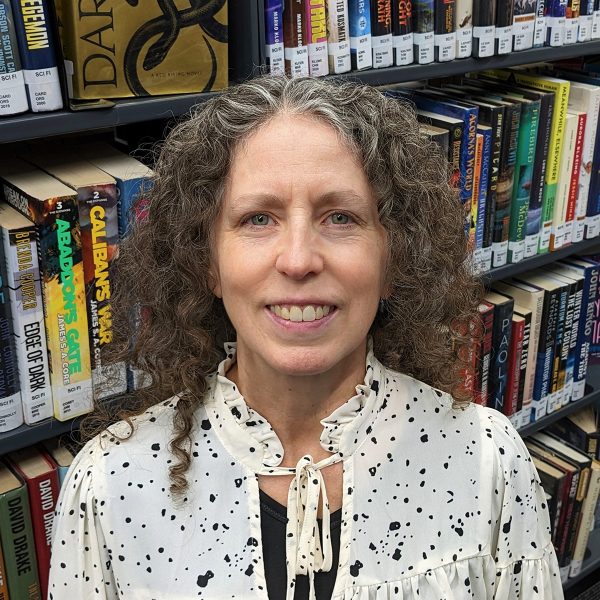
Melissa Rhoades fulfilled a childhood dream when she started her first library position in 2016. As a Public Services Specialist at Spokane County Library District, she presents weekly storytimes, hosts programs, works on the 3D printing team, writes on the blog team, assists with collection maintenance, and tends the reference desk, among other tasks. Off the clock, she enjoys exploring the arts and the natural beauty of the Pacific Northwest.
Tags: books, difficult topics, holocaust, International Holocaust Remembrance Day, kids, parents, racism, reading, talking

